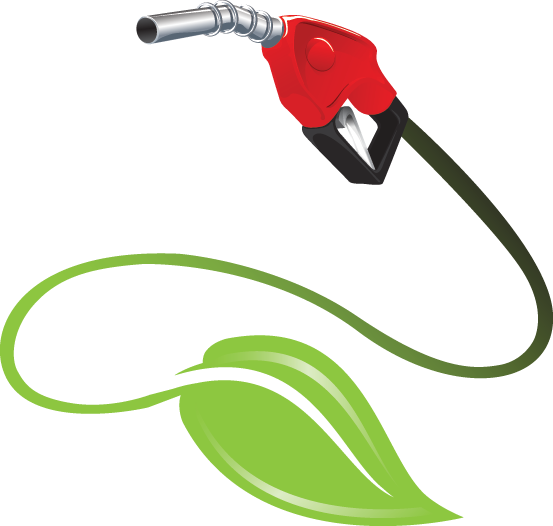COVID-19 Drives C-Store Industry Changes: 7 Trends for 2020
The outbreak of coronavirus disease 2019 (COVID-19) drove major changes for the convenience store industry.
Fifteen percent of grocery shoppers said they were more likely to shop in a c-store, said Lori Buss Stillman, the National Association of Convenience Stores’ vice president of research, speaking during the organization’s State of the Industry Summit virtual experience.
The pandemic also accelerated the move to last-mile fulfillment: 31% of U.S. households ordered food online March 23-25 and demand for food delivery spiked by double- and triple-digit percentages in major metropolitan areas.
Stillman noted that 19% of consumers said they were more likely to buy online for in-store pickup, 18% were more likely to buy online for delivery, and 23% were making fill-in trips more often.
She forecast that 43% would continue to shop online after the COVID-19 crisis subsides.
To capture and retain customers coming out of the pandemic, c-store operators “need to remain shopper-centric and more aggressively utilize data to personalize offers, remove friction, enhance experience and experimentation and drive trips, Stillman said.
The summit touched on other key trends. Here are 7 that caught our eye:
1. Convenience Store Market Bracing for Recession
The recession already began globally and in the United States, said Anirban Basu, chairman and CEO of Sage Policy Group.
“I expect it to be short and vicious,” Basu said. “When it commences, recovery from this crisis will be sharp, profound and most welcome – interest rates low, pent-up demand high, need to rebuild inventories, and people anxious to meet again, go to restaurants, see a movie, watch the [Major League Baseball’s] Orioles, and engage in other most wonderful of human activities.”
2. Working Through the Oil Supply Glut
Do not expect a return to “normal” oil prices for some time, as it will take a while to work through all the oil in storage, according to an OPIS presentation: Even with a rapid recovery of demand, oil prices will not get to the levels they were at the beginning of 2020 until well into 2021.
3. Slowing Sales of Alternative Vehicles
The prolonged low-price environment is expected to slow sales of alternative fuel vehicles, though electric vehicle penetration into the fleet is likely to be steady, according to IHS Markit, the parent of OPIS. By 2026 North American production of EVs is expected to reach 1.52 million units, up 280% from 2019. EV production is expected to represent 9% of total vehicle production in 2026, up from 2.5% in 2019.
However, challenges remain: Electric vehicles are still more expensive than gasoline-powered vehicles and will continue to be until 2025-2030; the charging infrastructure needs to improve but is coming along; the government will lose excise tax revenue; and consumers may not be willing to absorb the extra cost of electricity. All vehicle sales will slow in 2020.
4. C-stores Going Mobile
 The use of apps and mobile payment were already trends but got a push from the need to avoid contact with surfaces and with people during the pandemic, said Stillman. Thirty-two percent of shoppers said their smartphone had become a more important shopping tool and that figure was 42% for millennials, she said. Nick Ruffner, public relations manager for Sheetz Inc., said that as a result of COVID-19, the company was expanding digital initiatives, including rolling out “Scan and Go” to all of its stores. Scan and Go allows customers to use their phone to scan items and pay without interacting with a store employee.
The use of apps and mobile payment were already trends but got a push from the need to avoid contact with surfaces and with people during the pandemic, said Stillman. Thirty-two percent of shoppers said their smartphone had become a more important shopping tool and that figure was 42% for millennials, she said. Nick Ruffner, public relations manager for Sheetz Inc., said that as a result of COVID-19, the company was expanding digital initiatives, including rolling out “Scan and Go” to all of its stores. Scan and Go allows customers to use their phone to scan items and pay without interacting with a store employee.
5. More Tobacco Restrictions – But Greater Beer and Cigarette Sales
Last December, the federal minimum age for tobacco moved to 21 from 18. The ban affects 3%-5% of sales volumes, Maggelet noted. That age group also represents 15% of e-cigarette volume and 4% of smokeless-tobacco sales volume. The U.S. Food and Drug Administration in January published final guidance banning the majority of fruit and mint-flavored nicotine vaping products, which has “significantly” impacted sales, he said.
But during the pandemic’s phase of restricted living, c-stores saw cigarette and beer sales jump, according to speaker Caitlyn Battaglia, associate client director for Nielsen. Premium cigarettes and premium beer were the biggest winners, followed by imported beer, smokeless tobacco and e-cigarettes.
6. Closing the Gender Gap
More women are shopping at c-stores, and about 80% of women cite safety as “very important” when deciding to make purchases inside stores. The biggest factors to lure motorists into the store are cleanliness, safety and comfortable stores. “Over 70% of women visited a store with the intent of using the restroom but decided to leave and go elsewhere upon seeing the condition,” said Jose Gomes, president of North America for dunnhumby, a global customer data science firm.
7. Putting in Place an Emergency Plan
Industry leaders said the pandemic prompted them to refine emergency plans, including forming an employee task force to map out their response to pandemics. The big emphasis was communication with employees, vendors, bankers, accountants, lawyers and consumers.
Want more like this? Stay on top of the latest trends for fuel marketers with Oil Express.
